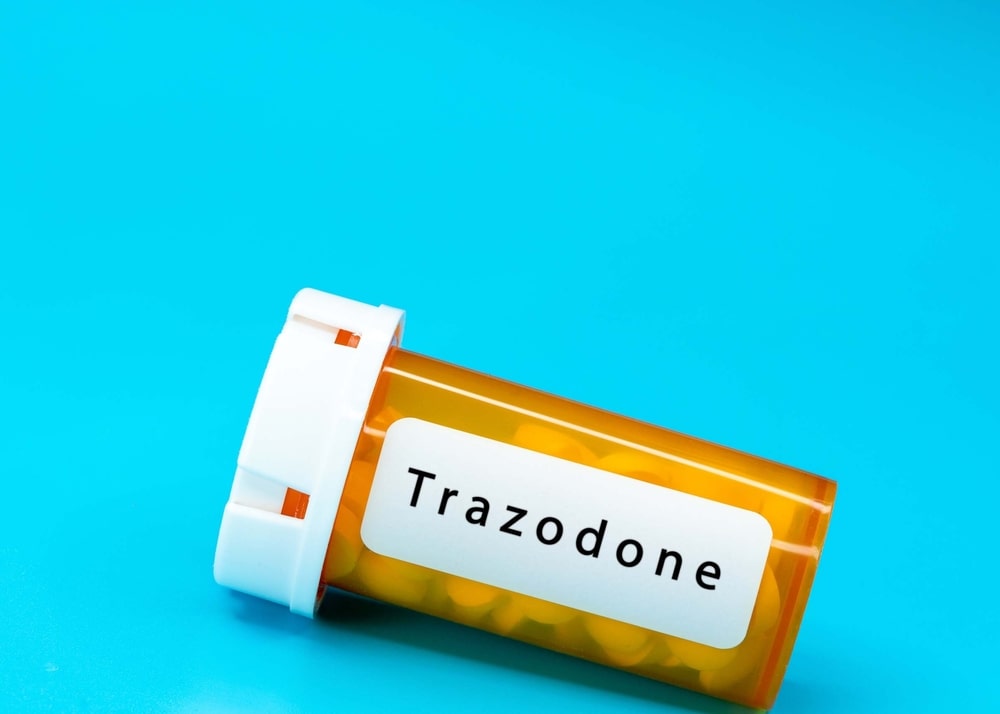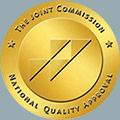Trazodone is an antidepressant that was originally developed for use in treating major depressive disorder (MDD) and symptoms of depression.
It is currently, and perhaps most widely used off-label for managing insomnia (both depression-related and otherwise). Trazodone was approved by the U.S. Food and Drug Administration (FDA) in 1981 under the brand name Desyrel and is now available as a generic medication produced by several leading drug companies. Currently the extended-release tablet form, Oleptro, is the only remaining brand name version of trazodone. While trazodone is generally safe and effective when used as directed for its intended purpose, as is true with taking any type of medication there are associated risks and possible adverse effects.
How Does It Work?
Trazodone is an atypical antidepressant that does not fit into the standard antidepressant classes (e.g., SSRIs, SNRIs, MAOIs, tricyclic antidepressants, etc.). Rather, trazodone is generally categorized according to its mechanism of action, which is as a serotonin receptor (5HT2a) antagonist and reuptake inhibitor, or SARI. These drugs work by moderating levels of serotonin in the brain and increasing its availability in the CNS (central nervous system). Like many antidepressants, trazodone has been issued a Black Box Warning by the FDA and is required to clearly display a warning label indicating the possibility of increased suicidal thoughts and behaviors when taken by some individuals under the age of 25.
Detox and Withdrawal Symptoms
There are several contributing factors (e.g., the individual’s health history, the presence of any additional mental health ailments, substance abuse issues, genetics, etc.) that will play a role in one’s withdrawal timeline and detox symptoms experienced. After a consistent amount of time taking trazodone, the body and brain adapt to its presence and abruptly discontinuing its use can result in Antidepressant Discontinuation Syndrome. Additional withdrawal symptoms that could manifest when detoxing from trazodone may include, but are not limited to, the following examples, provided by the Mayo Clinic:
- Dizziness or lightheadedness
- Nausea/Vomiting
- Shock-like sensations
- Suicidal thoughts
- Vertigo or difficulty walking
- Trouble concentrating
- Headaches
- Irritability
- Chills
- Depersonalization
These withdrawal symptoms can be largely eliminated by slowly tapering off and using less trazodone over time. The tapering-off method, gradually reducing one’s dose over time, enables one’s body to slowly acclimate to the lessened amount of medication present in his or her system, until it is reduced to zero.
For Information and Support
Contemplating detox can be a very challenging time. Before any individual can begin to work on the underlying issues contributing to their substance abuse problem, they must be separated from the substances in their systems. If you are concerned for yourself or a loved one regarding substance abuse, and/ or addiction we recommend reaching out for help as soon as possible. The earlier you seek support, the sooner you and your loved ones can return to leading happy, healthy, and fulfilling lives. Sherwood Detox offers a stand-alone detox program. For additional information on detox, please do not hesitate to contact us at: 818-626-9959 or feel free to email us anytime. One of our trusted counselors is available to talk and discuss how we can best support you on your journey.









